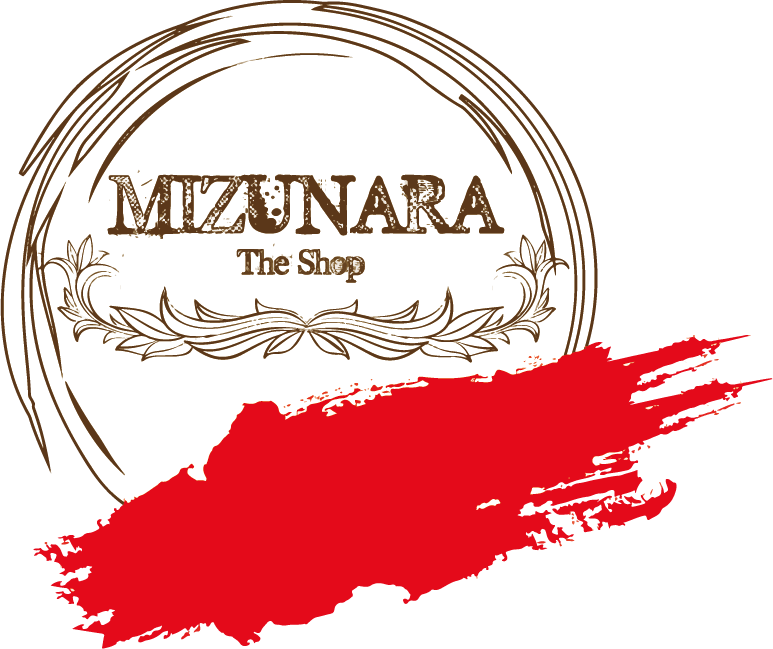A little bit of History - The Connectivity with Scotland: Commercial production of Japanese Whisky has had a very long history in itself though its roots have also been closely tied to Scotland in many ways - including Masataka Taketsuru (widely regarded as the father of Japanese Whisky) having learnt the basics of whisky making in Scotland. One of the important aspects of whisky making is blending, which is based on the marriage of different whiskies from different distilleries enabling a wider variety of bottlings with broader flavors thereby appealing to a wider audience. Blending skills have been a vital part of the whisky industry in Japan as well, with its poster child bottling such as Hibiki meeting the demand for well balanced, rounded whiskies from Japan. While some of the blends were supported by production at home, some were/are based of/included imported bulk spirits which might have been matured further in Japan. This was, to some extent, a natural process, given the access that some of the larger Japanese distilleries/companies had by the virtue of ownership of various distilleries in Scotland.
Regulations in Japan - The Past & Implications: Historically the whisky industry in Japan has been largely governed from the perspective of Liquor Tax without much regulation around labeling requirements as to what can be labeled as Japanese Whisky and what cannot. As we mentioned earlier, bulk spirit imports have continued for a fairly long time; sometimes for further maturation in Japan and then used within some of the blends. In general, this has been considered normal practice and frankly been a non-issue for quite some time. However, in the recent past (say over the past 5 - 7 years), "Japanese Whisky" has come under the spotlight while gaining significant reputation by winning multiple awards globally. The growth of the overall whisky Industry along with the prominence of Japanese whisky meant that several new "so called" Japanese Whisky brands also surfaced without much clarity on the actual source/origin of the underlying spirit to take advantage of this new found prominence. While we do believe that the intent of some of the larger brands was not to mislead deliberately but rather the level of clarity had never been required/anticipated and had never been in the spotlight/focus, some brands were probably established with the sole purpose to take advantage of this increasing popularity of Japanese Whisky.
Regardless of the above, as the demand for Japanese Whisky exploded alongside the overall growth of the global whisky industry itself, there has been greater scrutiny and calls for enhanced transparency starting with the newer brands but also broadly for all producers to bring about more clarity - to better understand what exactly is/was "Japanese Whisky".
The Dawn of a New Era in Japanese Whisky - New Labeling Standards: All this has changed since February 16, 2021 with the release of the New Labeling Standards for "Japanese Whisky" by the Japan Spirits & Liqueurs Makers Association themselves with the purpose of clarifying what constitutes "Japanese Whisky". Some of the key aspects of this standard are listed below: Ingredients: Should include malted grains (may include other cereal grains as well) with water extracted in Japan Production: Saccharification, fermentation, and distillation must be carried out at a distillery in Japan. Alcohol content at the time of distillation must be less than 95% Aging: The distilled product must be poured into wooden casks not exceeding a capacity of 700 liters and matured in Japan for a period of at least 3 years thereafter Bottling: Bottling must take place only in Japan, with alcoholic strength of at least 40% as of such time Other: Plain caramel coloring can be used. This is similar to rules for Scotch wherein E150A is permitted.
In addition, the standards also attempt to prevent the use of any material which may try to suggest that the Whisky is Japanese simply "by implication". To be clear, the above are "standards" which shall be adopted by the producers who are members of above association and are not legally binding. So while we may continue to see some vague labeling in the market from non-members, we do expect to see clear labeling/information from the member producers which shall help the Japanese Whisky industry. The new standards shall be effective from April 1, 2021, though it gives some leeway until March 2024 to rectify existing labeling.
What is Our View and What are We doing at Mizunara? We are big supporters of transparency (including product origin, aging and any other product details etc. from all producers worldwide) and while the standards may not be perfect or may not address all the issues with all the bottlings from Japan we think this is a great step in the right direction. By no means is a "World Blended" whisky any inferior to "Japanese Whisky" - in fact we think some of the world blended whiskies from Japan are excellent. We are just excited at the prospects of a "20/20" clarity while sipping some "World Blended" and "Japanese Whisky" side by side.
Given the announcement, we are also changing the categories of the products based on the information available (either directly from the distilleries or other third party verifiable sources) to establish which products confirm to the new standards and which don't. This may take some time and we appreciate your patience on this. If any of your wish to get further clarification on any products listings, please email us on sales@mizunaratheshop.com or call us on 3705 9770. We would be happy to share any information that we have.


